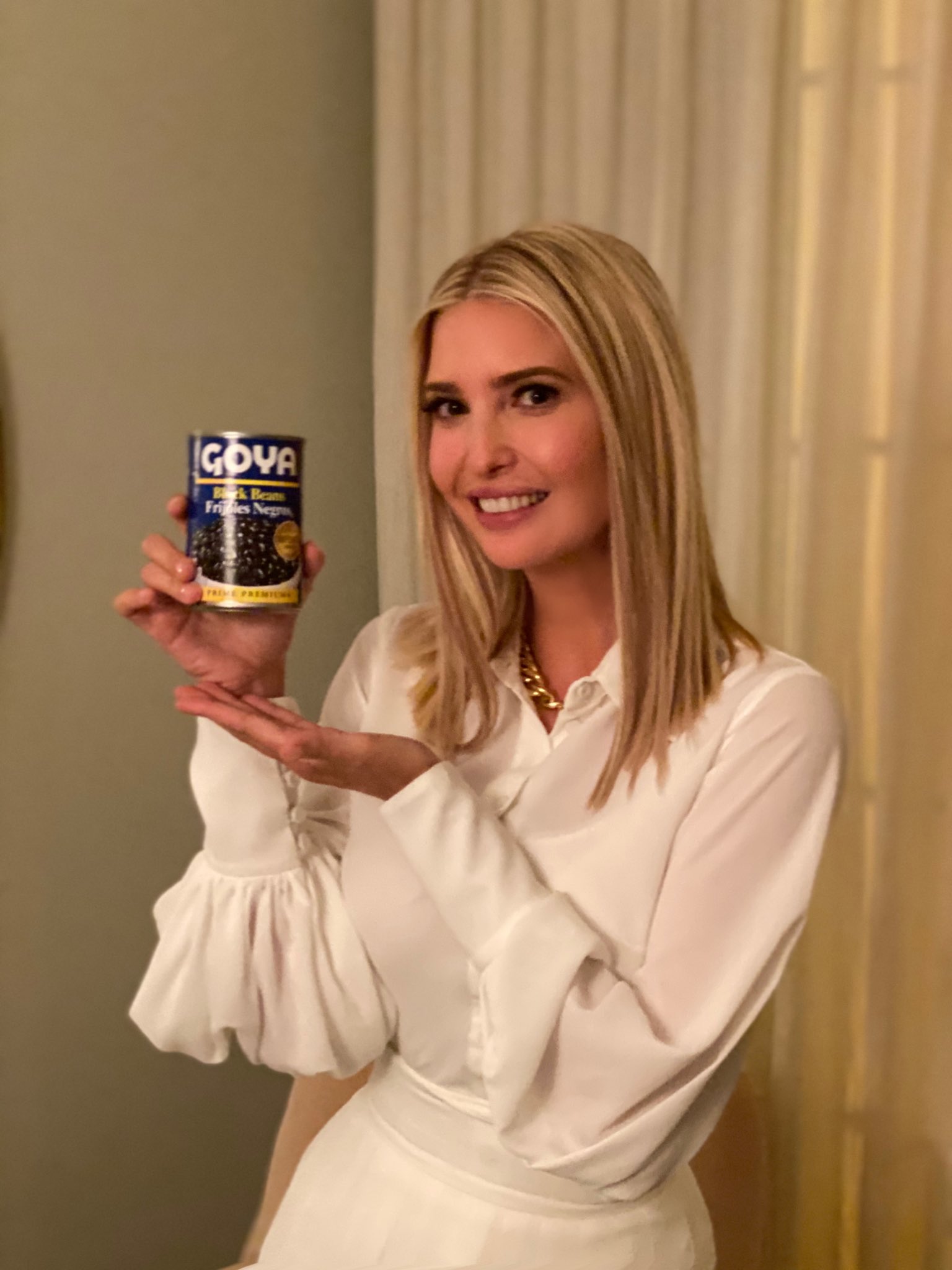 Kirfel, L., Icard, T., & Gerstenberg, T.
Kirfel, L., Icard, T., & Gerstenberg, T.(2020, May 22).
https://doi.org/10.31234/osf.io/x5mqc
Abstract
What do we learn from a causal explanation? Upon being told that "The fire occurred because a lit match was dropped", we learn that both of these events occurred, and that there is a causal relationship between them. However, causal explanations of the kind "E because C" typically disclose much more than what is explicitly stated. Here, we offer a communication-theoretic account of causal explanations and show specifically that explanations can provide information about the extent to which a cited cause is normal or abnormal, and about the causal structure of the situation. In Experiment 1, we demonstrate that people infer the normality of a cause from an explanation when they know the underlying causal structure. In Experiment 2, we show that people infer the causal structure from an explanation if they know the normality of the cited cause. We find these patterns both for scenarios that manipulate the statistical and prescriptive normality of events. Finally, we consider how the communicative function of explanations, as highlighted in this series of experiments, may help to elucidate the distinctive roles that normality and causal structure play in causal explanation.
Conclusion
In this paper, we investigate the communicative dimensions of explanation, revealing some of the rich and subtle inferences people draw from them. We find that people are able to infer additional information from a causal explanation beyond what was explicitly communicated, such as causal structure and normality of the causes. Our studies show that people make these inferences in part by appeal to what they themselves would judge reasonable to say across different possible scenarios. The overall pattern of judgments and inferences brings us closer to a full understanding of how causal explanations function inhuman discourse and behavior, while also raising new questions concerning the prominent role of norms in causal judgment and the function of causal explanation more broadly.
Editor's Note: This research has significant implications for psychotherapy.






